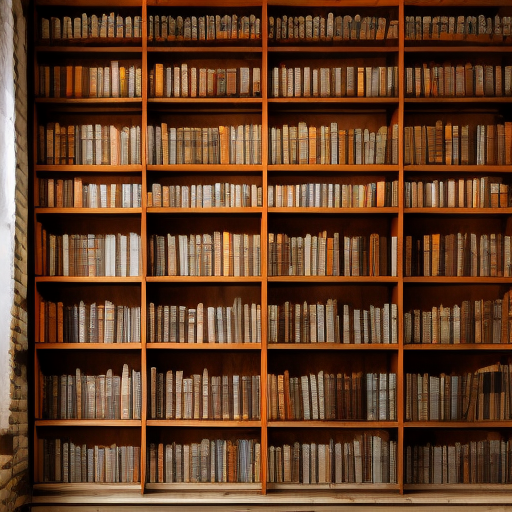Summary: Antiques refer to collectible items that are at least 100 years old and have historical, cultural, or artistic value. They can include furniture, artwork, ceramics, jewelry, and more. Collecting antiques has been a popular hobby for centuries, and these items are often sought after for their uniqueness and connection to the past. Antiques can be found at auctions, antique shops, flea markets, and online platforms. They require careful research, authentication, and maintenance to preserve their value and beauty.
What are Antiques?
Antiques are objects that are considered to be of significant value due to their age, historical importance, craftsmanship, or aesthetic appeal. Generally, items that are at least 100 years old are considered antiques. They can range from furniture, paintings, and sculptures to jewelry, ceramics, and textiles. Antiques are often sought after by collectors, museums, and individuals who appreciate the beauty and history associated with these items.
Collecting Antiques
Collecting antiques has been a popular hobby for centuries. Many people are drawn to the uniqueness and charm of these items, as well as the opportunity to own a piece of history. Some collectors focus on specific categories, such as furniture from a particular era or artwork from a specific artist. Others prefer to have a diverse collection that represents different periods and styles.
Finding Antiques
Antiques can be found in various places, including auctions, antique shops, flea markets, and online platforms. Auctions are a popular destination for collectors, as they offer a wide range of items and the chance to bid on rare and valuable pieces. Antique shops are another great source, as they often have knowledgeable staff who can provide information and guidance. Flea markets and estate sales can also yield hidden treasures at more affordable prices. Online platforms, such as auction websites and antique marketplaces, provide convenient access to a global market of antiques.
Research and Authentication
When collecting antiques, it is essential to conduct thorough research and ensure the authenticity of the items. This involves studying the history, characteristics, and markings of the object, as well as consulting experts and reference materials. Authenticating antiques can be challenging, as there are many reproductions and fakes in the market. It is crucial to rely on reputable sources and seek professional opinions when in doubt.
Maintenance and Preservation
To preserve the value and beauty of antiques, proper maintenance is essential. This includes handling them with care, avoiding exposure to direct sunlight, extreme temperatures, and humidity, and using appropriate cleaning techniques and materials. Regular inspections and repairs by professionals can help prevent further damage and ensure the longevity of these precious items.
Appreciating Antiques
Antiques offer a glimpse into the past and provide a tangible connection to history, culture, and craftsmanship. They can be appreciated for their artistic value, historical significance, or as a reflection of a particular era or style. Owning and displaying antiques can enhance the aesthetic appeal of a space and create a sense of nostalgia and sophistication.
In conclusion, antiques are collectible items that are at least 100 years old and hold historical, cultural, or artistic value. Collecting antiques is a popular hobby, and these items can be found at auctions, antique shops, flea markets, and online platforms. Research, authentication, and proper maintenance are crucial aspects of collecting and preserving antiques. These objects provide a tangible connection to the past and can be appreciated for their beauty, history, and craftsmanship.












